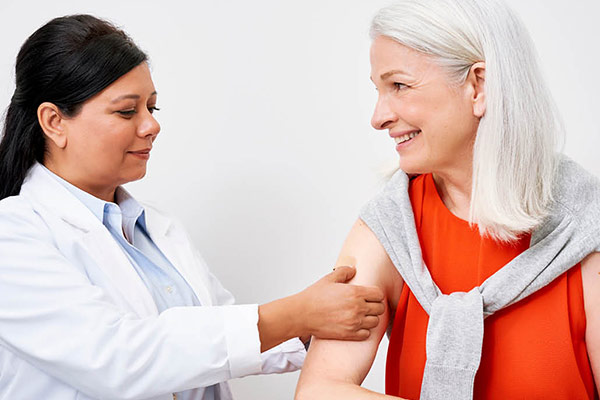Pharmacists can now prescribe hormonal contraception (the pill, patch, injection, etc.) for the purpose of birth control.
This service is only for those seeking a method of birth control. Pharmacists cannot provide this service if reasons you require birth control are not for contraceptive purpose (such as managing menstrual cramps, acne, etc.).
During the assessment process, they will work with you to determine the therapy that best meets your needs. You and your pharmacist will select the most appropriate method of birth control based on your medical history, medications, risk factors, guidelines and your preferences. Pharmacists may only prescribe intra-uterine methods (also known as IUD or IUC) of birth control when practicing as part of an arrangement with a primary care provider who can conduct an appropriate physical exam and insert the device. An initial three-month trial is usually prescribed for new treatment. The pharmacist will follow up with you to re-assess. Once an appropriate therapy is established, your prescription may be valid for up to one year.
During your consultation, the pharmacist will provide you with information on proper use of your birth control, what to do when you miss a dose, and possible adverse reactions. Your pharmacist will provide you with information and resources pertaining to other sexual health topics (such as sexually transmitted diseases, sexual dysfunction, assault, abortion, and screenings for cancer). They will also assess for any potential sexual health risk factors.
Your pharmacist will send your primary care provider (or specialist) a notice of what they have prescribed. If you do not have a primary care provider, your pharmacist can provide you with a copy of this notification.
There is no cost to you for this service when you present your Nova Scotia Health Card.



